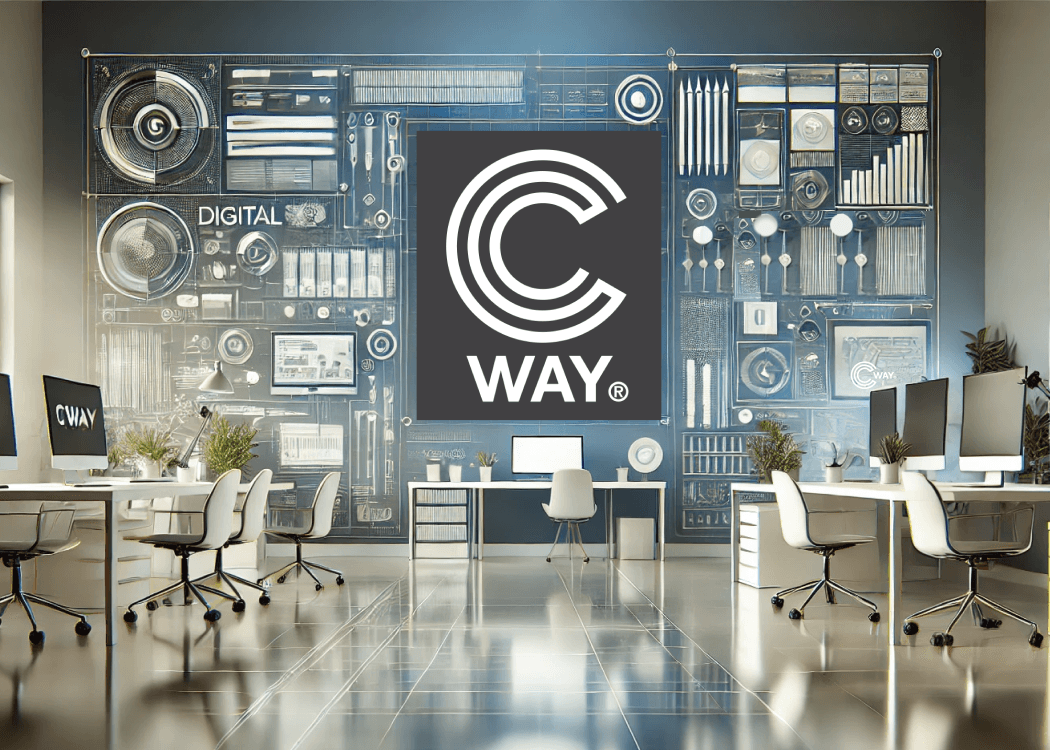The technical edge of Cway in artwork management
Imagine trying to win a Formula 1 race with a car built in the 90s—it might still run, but it’s no match for today’s cutting-edge machines. The...

How can teams deliver faster without compromising quality? Continuous delivery (CD) makes it possible by enabling frequent, reliable releases. At Cway, it’s a fundamental part of how we work—so users get improvements and new features as soon as they’re ready.
Continuous delivery is a software development practice where code changes are automatically prepared for release to production. It ensures that software can be deployed at any time, with minimal manual intervention.
CD is a cornerstone of modern DevOps culture and a key enabler of agile development. It streamlines the release process by automating testing, integration, and staging steps—so developers can focus on innovation, not infrastructure.
Here’s a simplified overview of the continuous delivery process:
With every step automated, teams minimize delays, reduce errors, and maintain a consistent delivery pipeline.
Now, you might wonder:
Why subject ourselves to the rigor of frequent releases? Isn’t it difficult to push updates live so often?
The answer is a resounding yes. It’s a challenge. But it’s one we embrace.
Because here’s the thing:
“What good does an upgrade do if it remains confined to developers’ computers?”
The true essence of continuous delivery is about putting the user in the front seat. Every new feature, every improvement, is meant to reach the people who use our platform—not sit idle in a repo.
Continuous delivery is more than a buzzword—it’s a mindset. One that’s easy to describe, but demanding to truly live by.
It’s pushed us to reevaluate our entire development approach—from planning and coding, to testing and deployment.
It’s not about hitting arbitrary deadlines. It’s about a relentless commitment to excellence, and delivering a system that evolves with and for our users.
So what do teams gain by adopting CD?
Faster time-to-market – Ship new features quickly and consistently.
Higher software quality – Automated testing improves reliability.
Less manual intervention – Automation reduces human error.
Consistent releases – Fewer surprises during deployment.
Better collaboration – Developers, QA, and Ops stay aligned.
The result? A smoother, more agile delivery pipeline that keeps you competitive and customer-focused.
Let’s clarify a common confusion:
Continuous Delivery means your code is always ready for production.
Continuous Deployment means code changes that pass testing are automatically deployed to production.
So in essence:
CD = Prepared.
Deployment = Pushed live.
Many teams start with CD and move to continuous deployment once they have full confidence in their pipeline.
At Cway, continuous delivery is baked into our development DNA.
We use CD principles to:
Release improvements rapidly
Respond to feedback faster
Ensure maximum uptime and user experience
Our automated workflows, frequent deployments, and rigorous testing make sure you’re always working with the best version of our platform—no big rollouts, no waiting games.
Continuous delivery isn’t just a technical practice—it’s a mindset. One that puts speed, stability, and customer value at the core of development.
For us at Cway, CD means more than fast releases. It’s a way to build trust with our users—by showing up consistently with real, valuable improvements.
Continuous delivery is a software development practice where code changes are automatically prepared for a release to production, ensuring software can be reliably released at any time.
CI (Continuous Integration): Developers integrate code frequently, and automated tests validate each change.
CD (Continuous Delivery): Builds on CI by ensuring code is always in a deployable state, ready for release.
No. In fact, smaller teams often benefit the most from faster iteration cycles and streamlined deployments. CD helps level the playing field by reducing friction in the release process.

Imagine trying to win a Formula 1 race with a car built in the 90s—it might still run, but it’s no match for today’s cutting-edge machines. The...
Managing artwork processes across multiple teams, versions, and approvals can quickly become chaotic and error-prone. Traditional methods often lead...

Creating content isn’t the hard part. Getting it approved is where most teams struggle. Content approval can be a complex process. It involves...